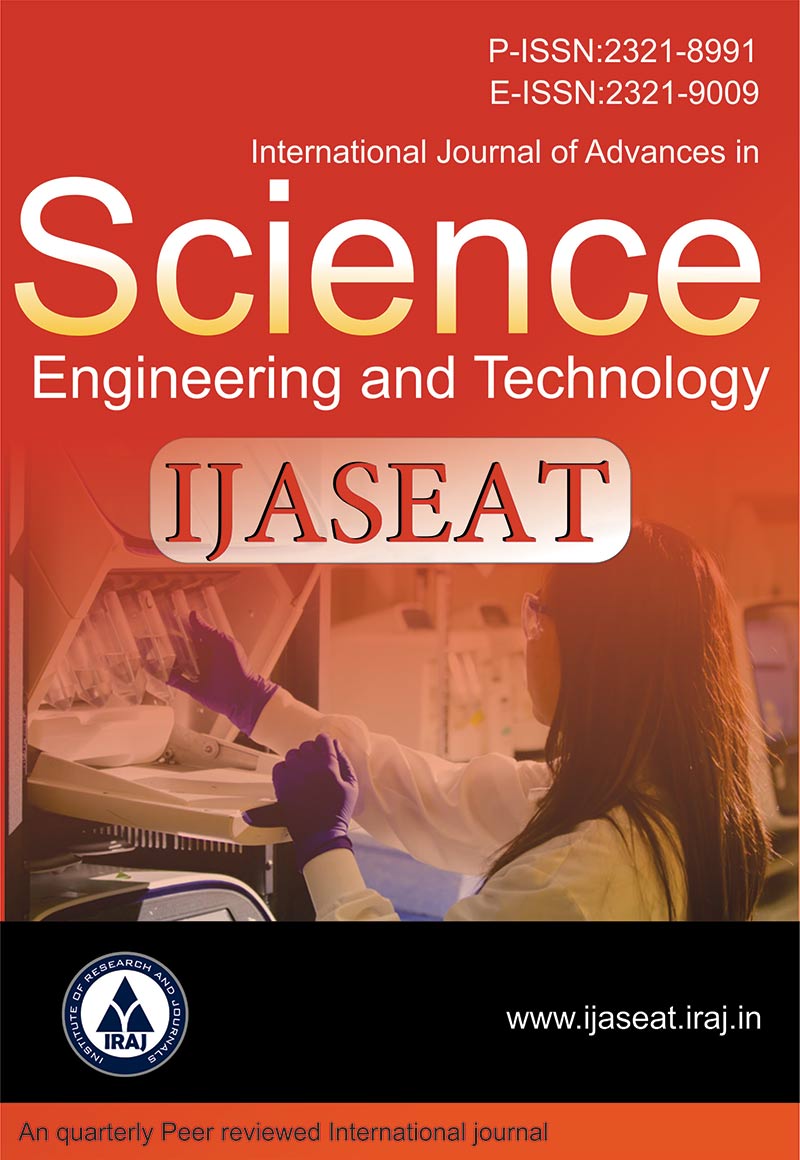Publish In |
International Journal of Advances in Science, Engineering and Technology(IJASEAT)-IJASEAT |
 Journal Home Volume Issue |
||||||||
Issue |
Volume-5, Issue-4 ( Oct, 2017 ) | |||||||||
Paper Title |
Coastal Erosion Problem, Modelling and Protection | |||||||||
Author Name |
Lale Balas, Nihal Yilmaz | |||||||||
Affilition |
Gazi University Sea and Aquatic Sciences Research Center,Ankara Turkey | |||||||||
Pages |
19-28 | |||||||||
Abstract |
GöksuDelta, located in the south of Silifke County of Mersin on the coastal plain formed by Göksu River, is one of the Specially Protected Areas in Turkey. Along the coastal area of the Delta, coastline changes in significant rates are observed, concentrating especially at four regions; headland of İncekum, coast of Paradeniz Lagoon, river mouth of Göksu and coast of Altınkum. The coast of Paradeniz Lagoon, is suffering significantly from erosion and the consequent coastal retreating problem. Therefore, the narrow barrier beach which separates Paradeniz Lagoon from the Mediterranean Sea is getting narrower, creating a risk of uniting with the sea, thus disappearing of the Lagoon. The aim of this study was to understand the coastal transport processesalong the coastal area of Göksu Delta to determine the coastal sediment transport rates, and accordingly, to propose solutions to prevent the loss of coastal lands in the Delta. In this direction, field measurements of current sandsediment grain sizes were carried out, and wind climate, wave climate, circulation patterns and longshore sediment transport rateswere numerically modeled by HYDROTAM-3D, which is a three dimensional hydrodynamic transport model. Finally, considering its special importance as an environmentally protected region, some coastal structures of gabions were proposed asthe solutions against coastal erosion problems of the Delta. The effects of proposed structures on future coastline changes were also modeled, and the coastlines predicted for the year 2017 were presented and discussed in the paper. Keywords - Göksu River Delta, coastline change, coastal erosion, numerical modeling, HYDROTAM-3D, sediment transport, coastal structure, gabions | |||||||||
| View Paper | ||||||||||